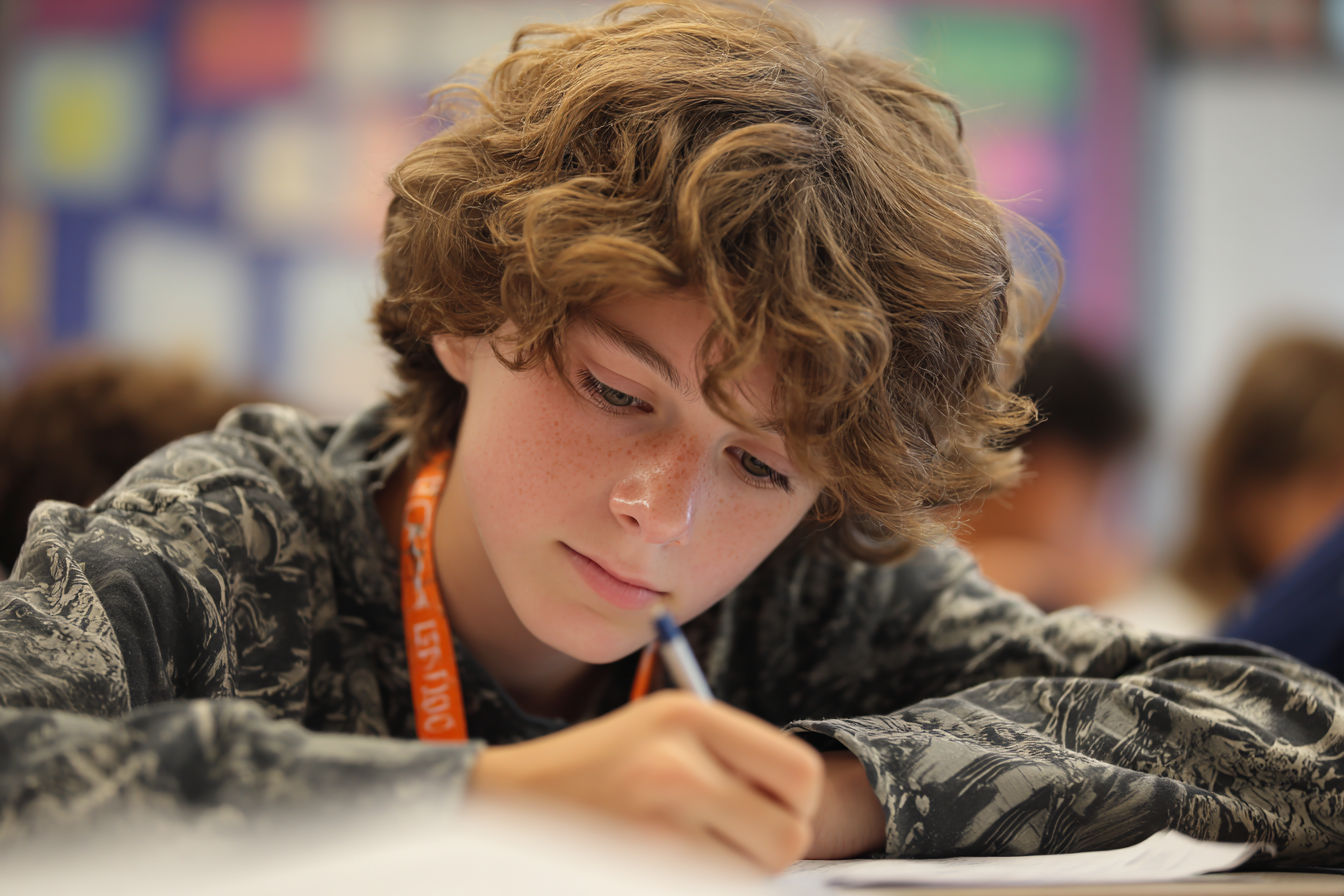Unit Plan 23 (Grade 7 ELA): Writing Dialogue & Building Scenes
Grade 7 ELA unit: students master dialogue punctuation, integrate action beats and thoughts, and refine narrative voice through precise language and pacing. They craft scenes that reveal character, build tension, and demonstrate strong writing conventions.

Focus: Dialogue punctuation; actions/thoughts; narrative voice
Grade Level: 7
Subject Area: English Language Arts (Writing—Narrative; Language—Conventions & Usage)
Total Unit Duration: 5 sessions (one week), 50–60 minutes per session
I. Introduction
Great scenes sound and move. This week, students learn to craft dialogue that is punctuated correctly and purposeful, weave in action beats and interior thoughts to show character, and shape narrative voice with precise words, sentence variety, and clean conventions. By week’s end, they’ll produce a focused scene that advances conflict and reveals character.
II. Objectives and Standards
Learning Objectives — Students will be able to…
- Use dialogue, pacing, description, and sensory detail to develop characters/events (W.7.3b, W.7.3d).
- Use transitions (words, phrases, clauses) to signal time and scene shifts and control pacing (W.7.3c).
- Apply standard conventions—correct dialogue punctuation, capitalization, paragraphing for speakers, and accurate spelling (L.7.2b)—and choose sentence structures that fit purpose (L.7.1).
Standards Alignment — CCSS Grade 7
- Writing 7.3b–d (W.7.3b–d): Use narrative techniques (dialogue, pacing, description), transitions to convey sequence/shift time/setting, and precise words/sensory details.
- Language 7.2b (L.7.2b): Spell correctly (embedded here with a focused conventions edit that includes dialogue mechanics).
- Language 7.1 (L.7.1): Demonstrate command of grammar and usage—choose sentence patterns and place phrases/clauses to clarify meaning and style.
Success Criteria — student language
- I can punctuate dialogue correctly and start a new paragraph for each speaker.
- I can use action beats and interior thoughts to show who’s speaking and how they feel.
- I can use transitions and sentence variety to pace the scene.
- I can revise for precise words and fix spelling/usage errors.
